Description
Florfenicol: A Powerful Antibiotic in Veterinary Medicine
Florfenicol is a broad-spectrum synthetic antibiotic primarily used in veterinary medicine to treat bacterial infections in livestock and aquaculture. It’s a fluorinated analogue of chloramphenicol, but with a key difference: it lacks the nitro group that is responsible for chloramphenicol’s potential for causing aplastic anemia in humans, making it a safer alternative for use in animals intended for human consumption.
Mechanism of Action:
Like its parent compound, chloramphenicol, florfenicol inhibits bacterial protein synthesis. It binds to the 50S ribosomal subunit, preventing the binding of aminoacyl-tRNA and thus halting the formation of peptide bonds. This mechanism is effective against a broad range of bacteria, including both Gram-positive and Gram-negative organisms.
Spectrum of Activity:
Florfenicol boasts a wide spectrum of activity, making it a valuable tool in combating bacterial infections in various animal species. Some of the bacteria commonly susceptible to florfenicol include:
- Mannheimia haemolytica and Pasteurella multocida: Important pathogens associated with bovine respiratory disease (BRD), a significant concern in the cattle industry.
- Histophilus somni: Another bacterium contributing to BRD.
- Actinobacillus pleuropneumoniae: The causative agent of porcine pleuropneumonia, a severe respiratory disease in pigs.
- Edwardsiella ictaluri: A major pathogen affecting catfish in aquaculture.
- Many other bacteria involved in various animal infections.
Applications in Veterinary Medicine:
Florfenicol is approved for use in a variety of animal species, including:
- Cattle: Primarily used for treating BRD, a complex disease often triggered by a combination of viral and bacterial infections.
- Swine: Employed in the treatment of respiratory diseases like pleuropneumonia.
- Aquaculture (Fish): Effective against bacterial infections in farmed fish, helping to maintain healthy aquaculture production.
Administration and Formulation:
Florfenicol is available in various formulations to suit different animal species and treatment needs. These include:
- Injectable solutions: Used for systemic treatment of infections.
- Oral medications: Administered in feed or water for ease of delivery to large groups of animals.
- Medicated premixes: Added to animal feed at specific concentrations for preventative or therapeutic purposes.
Advantages of Florfenicol:
- Broad-spectrum activity: Effective against a wide range of bacteria, reducing the need for multiple antibiotics.
- Safer alternative to chloramphenicol: Lacks the risk of aplastic anemia in humans.
- Good tissue penetration: Reaches therapeutic concentrations in various tissues, including the lungs, making it effective for respiratory infections.
- Different administration routes: Offers flexibility in treatment options.
Precautions and Considerations:
- Withdrawal periods: Following treatment with florfenicol, a specific withdrawal period must be observed before animals are slaughtered for human consumption. This ensures that antibiotic residues in meat and other products are below acceptable levels.
- Antimicrobial resistance: Like all antibiotics, overuse or misuse of florfenicol can contribute to the development of antimicrobial resistance. Responsible antibiotic use, guided by veterinary professionals, is crucial to preserve its effectiveness.
- Adverse effects: While generally well-tolerated, florfenicol can cause side effects in some animals, such as transient anorexia or decreased water consumption.
Conclusion:
Florfenicol is a valuable antibiotic in veterinary medicine, providing effective treatment for a range of bacterial infections in livestock and aquaculture. Its broad spectrum of activity, relative safety compared to chloramphenicol, and various administration routes make it a useful tool for veterinarians. However, responsible use and adherence to withdrawal periods are essential to minimize the risk of antimicrobial resistance and ensure food safety. As with any antibiotic, consultation with a veterinarian is crucial to determine the appropriate use of florfenicol for specific animal health needs.

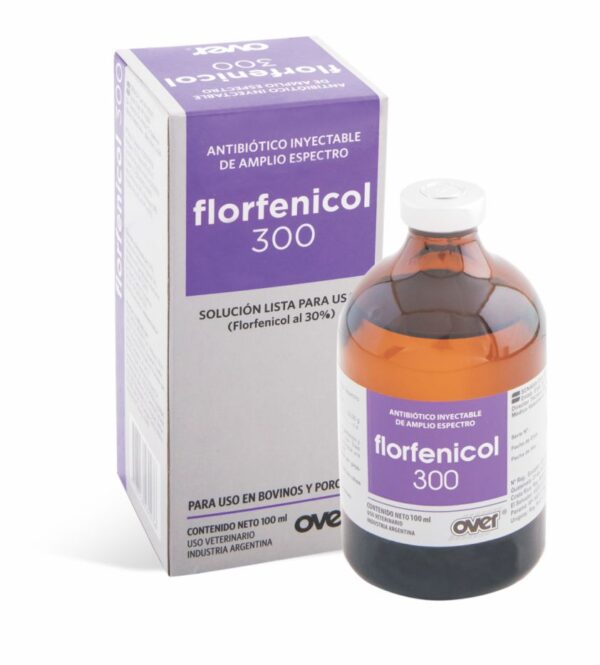



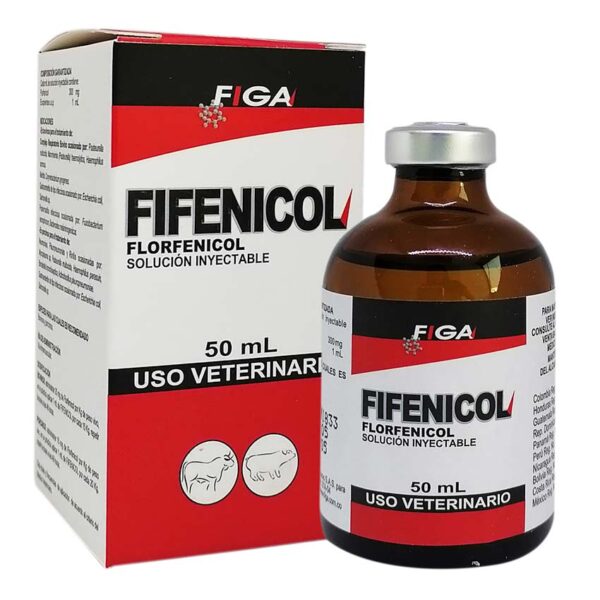



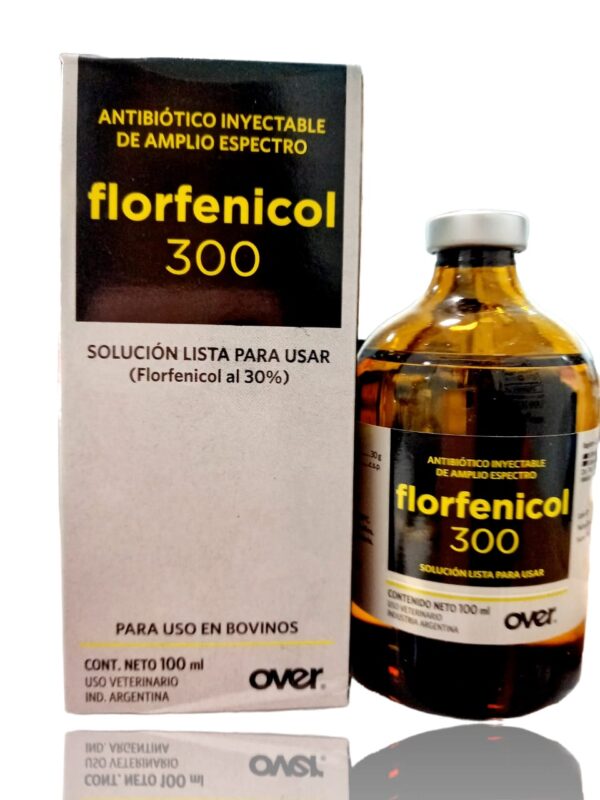
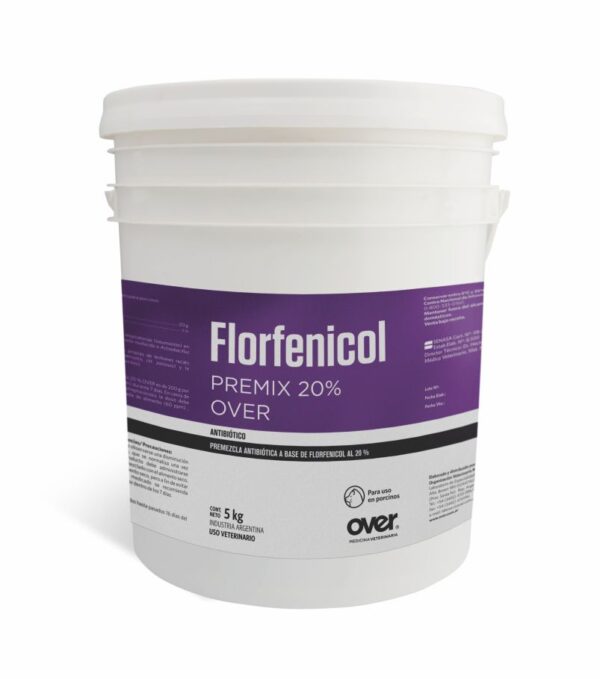




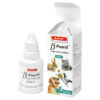


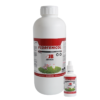


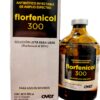
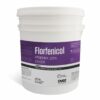
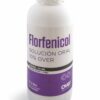

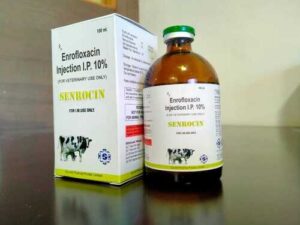

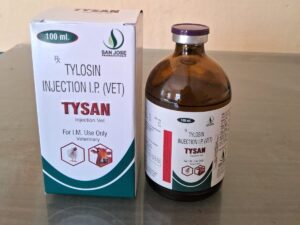

Reviews
There are no reviews yet.